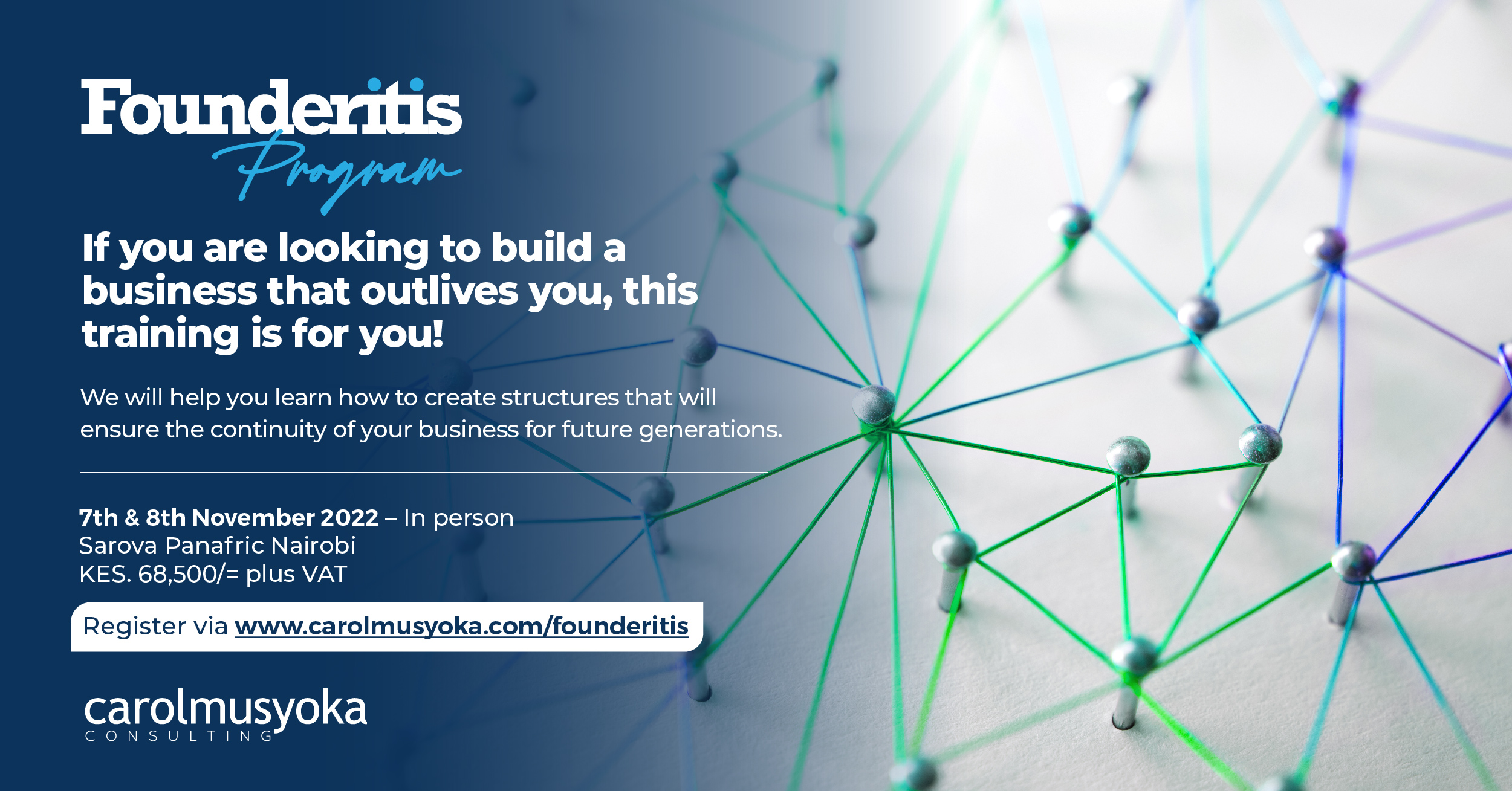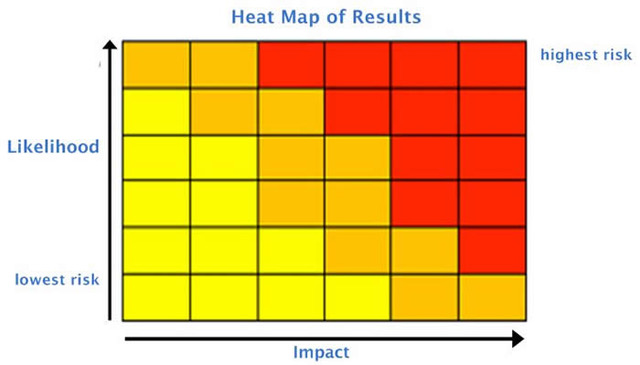Gated communities provide their occupants with a comforting sense of security and safety in numbers. They can also be the cause of major angst resulting from locking human beings with varied tastes into the confined space of a pressure cooker. Add to that the cold and sterile wastelands of Whatsapp estate group chats and you have the makings of a social train smash. I live in one such gated community. There are dog owners and there are dog haters in not so equal measure in this community. House number X has a dog that chooses to make its presence known only during the magic hours of 10 pm through to about 2 a.m. and singularly drives the neighbor nuts in adjacent house number Y. But this is where it gets interesting. House number Y usually posts his annoyance on the estate Whatsapp group with a not so gentle “House Number X please get your dog to stop barking” at about 10 pm, followed by an exhausted “What the “%$^&” is wrong with your dog and its incessant barking?” at about 2 a.m.
For whatever reason, house number Y has never seen it fit to just go over to house number X wearing sack cloth and asking for release from whatever calamitous curse has been levied on him by that dastardly dog owner. Instead the Whatsapp messages just keep getting posted week after week with no evidence that there has been an attempt at one on one dialogue. The frustrated house number Y tenant is just speaking to himself. Every day and twice on Sunday.
Recently my work has had me helping medium sized family owned businesses set up advisory boards, which is a step below statutory boards whose directors adorn legally borne fiduciary duties. Observing the first conversations with newly appointed advisory board directors, what always strikes me is the amazement on the faces of the business founders. This amazement often emerges from the realization that there are individuals who have significant amount of work experience totally unrelated to the business in question, but which experience can add value in terms of seeing around dark corners that the entrepreneur has been totally blind to. Those initial conversations are often very rich as the entrepreneur gets asked questions about strategy, financial performance, operational risks that she had not even envisaged but have always been lurking below the surface, brand perception, sales assumptions and many other key business parameters. The only entity that ever asks some of these questions is the entrepreneur’s bankers and these questions are more motivated with “how will you repay our loan” rather than how can you grow your business sustainably while de-risking it responsibly.
For the entrepreneur, having talented individuals seated round a table with no other motivation than to see her succeed can be quite illuminating. Having gotten used to speaking to herself every day and twice on Sunday, it is refreshing to have considerable brain power to bounce ideas off of and to have people who can pull her off the edge of a cliff when she’s at the end of her tether.
One such entrepreneur told me that she appreciated her new advisory board as they provided much needed encouragement when she had started to get tired of the everyday hum drum of the business. Having grown the business to a certain level of stability, she needed a new challenge. The board had managed to point her to a new business opportunity that she had never thought of, while ensuring that she had the appropriate levels of senior management resources. The senior set of guard rails in the business would allow her to divert her attention to something different that would suck a lot of her intellectual capital and time bandwidth. That strategic focus on setting up a well-paid and highly experienced human capital side of the business is something she had not thought of doing before as she was used to having her hands on all parts of the business actively.
For entrepreneurs, it is not only lonely at the top but it can also be terrifying as their business is central to both their life and to their sheer survival. Courageous conversations are rare because there’s simply no one to talk to. Not even on a crisis tone deaf Whatsapp group. An advisory board is an effective way to getting much needed intellectual relief from the curse of daily business loneliness. Every day and twice on Sunday.
To gain more insights on how to set up an advisory board for your business, register for the Founderitis Program here: https://www.carolmusyoka.com/founderitis/

Twitter: @carolmusyoka

 carolmusyoka consultancy
carolmusyoka consultancy
 @carolmusyoka
@carolmusyoka




